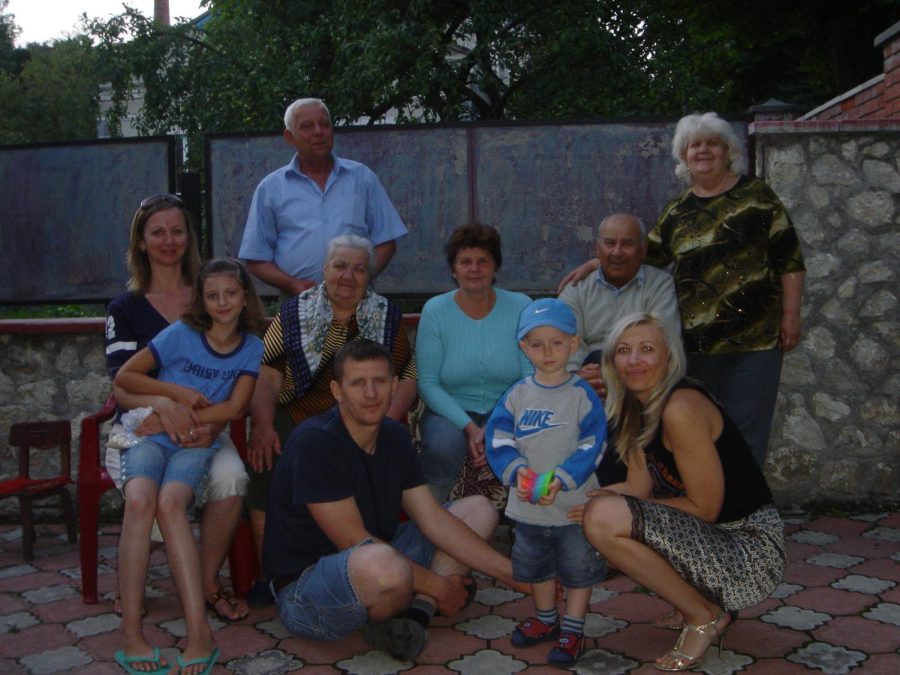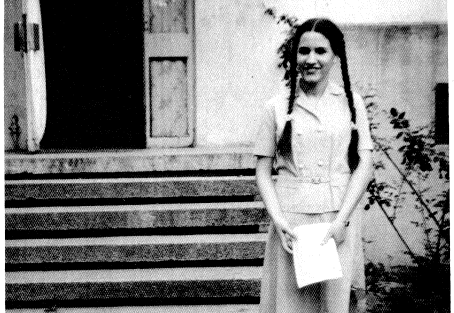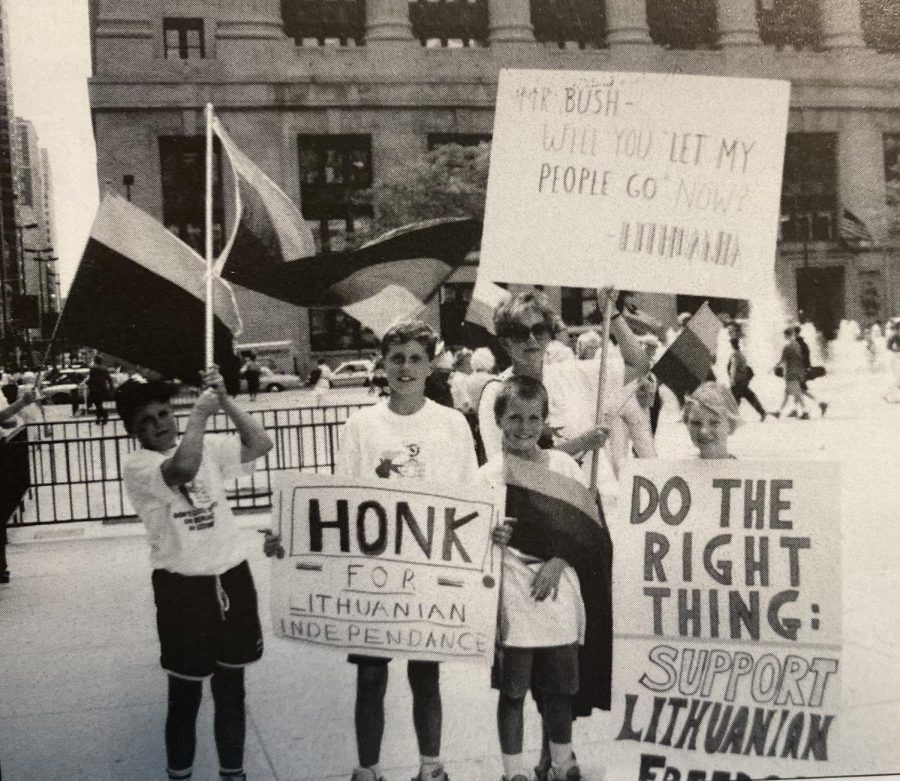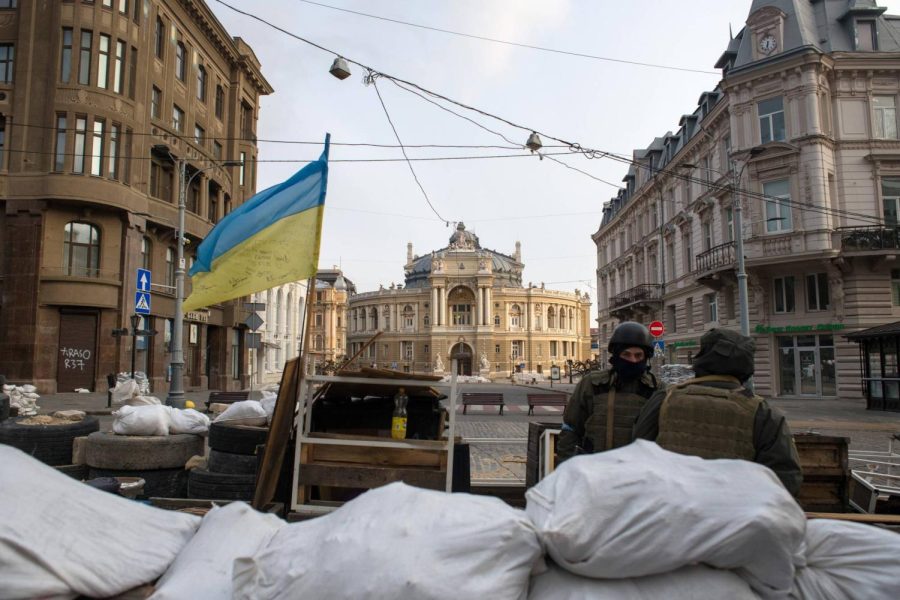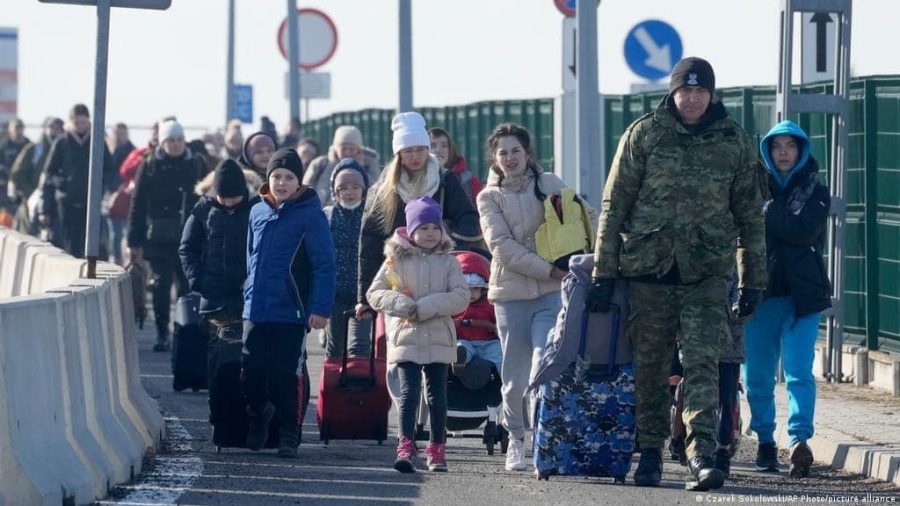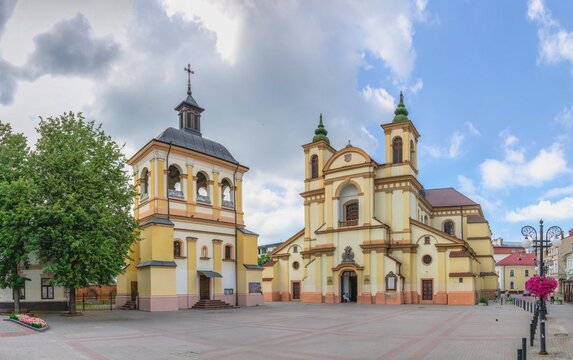They shout “Slava Ukraini” from 5,058 miles away
They live in Elmhurst, you follow them on social media, they sit next to you in class, and yet, you have no idea what they are going through. You’ve heard this for years, someone telling you that you should treat everyone with kindness as you don’t know what they are going through. However, this is your opportunity to hear at least part of what they are going through. These stories aren’t just from students who have roots in Ukraine and Russia. These stories explore the unity and impact of conflict all across Eastern Europe. Teachers, parents, students, and many others made this story possible and their stories deserve to be heard.
Up until 2013, an alliance and support system existed between Russia, Ukraine, and Belarus under the Ukrainian leader Viktor Yanukovych. In 2013, protests broke out in Ukraine after Yanukovych announced Ukraine would be taking bail money from Moscow and cutting ties with the European Union. The following year in May, a new president was elected, a western supporter named Petro Poroshenko, who hoped to rebuild the country and return Ukrainian land from Russia. From September to February of 2015, Russia occupied Ukraine to push back on Ukraine’s attempt to control the land that was once theirs. In December 2017, under president Donald Trump, the sale of lethal fire arms to Ukraine was legalized and Putin responded by saying any defensive aid given to Ukraine from the United States will further fuel the conflict in Eastern Europe. In April of 2019, the current president of Ukraine took office and later that year the famous prisoner swap happened where dozens of prisoners captured during the invasion in 2015 were returned to their home countries. In February of 2022, Russian forces began to build up along the border creating concern among Ukraine and other eastern countries. The U.S. and U.K. were two of the countries offering aid to Ukraine but nonetheless, later that month, Russia invaded Ukraine.

